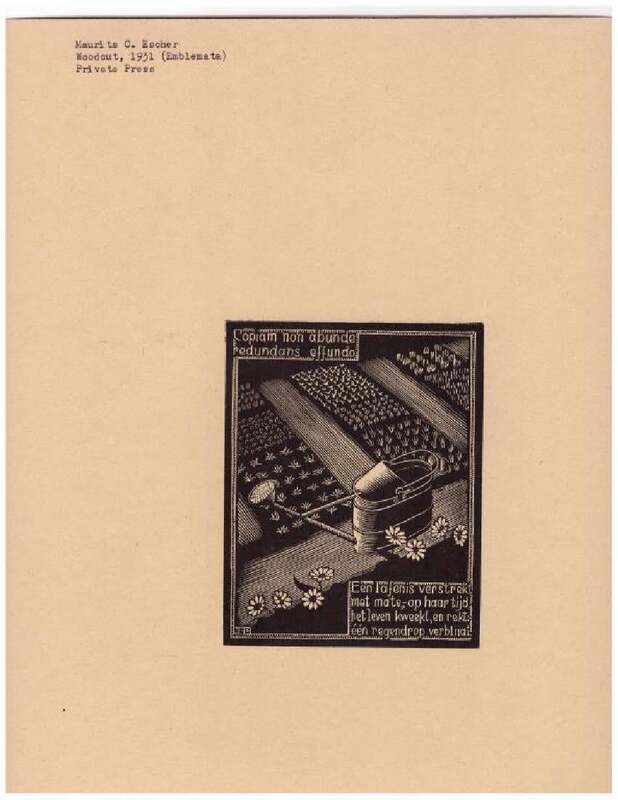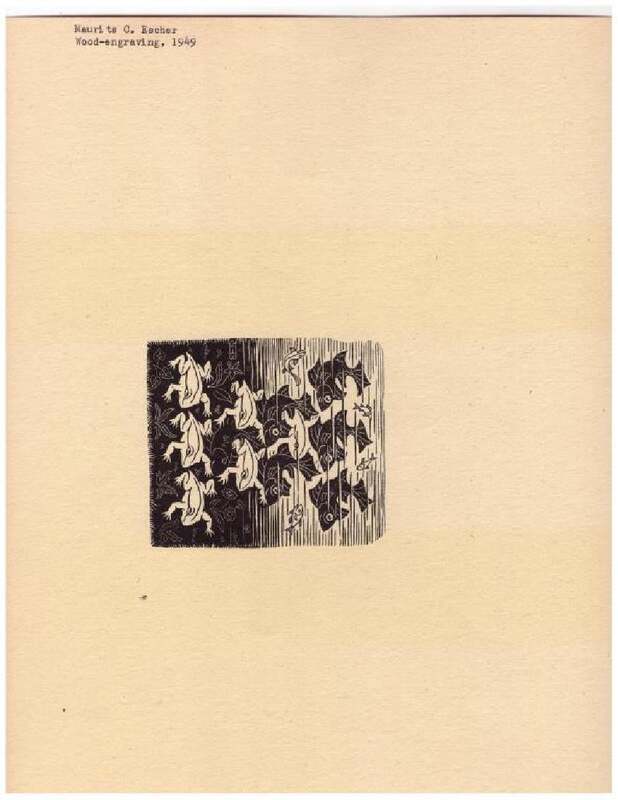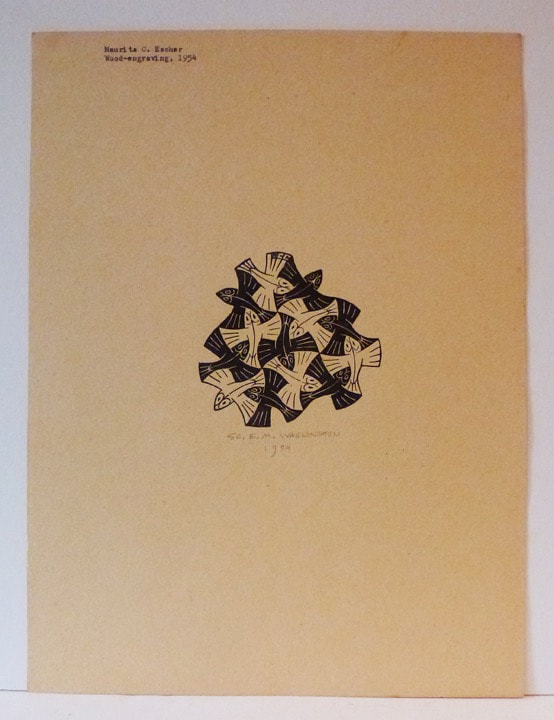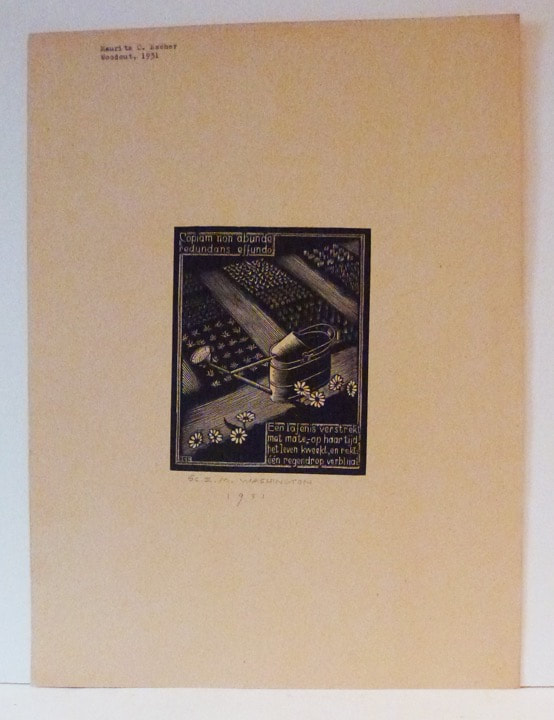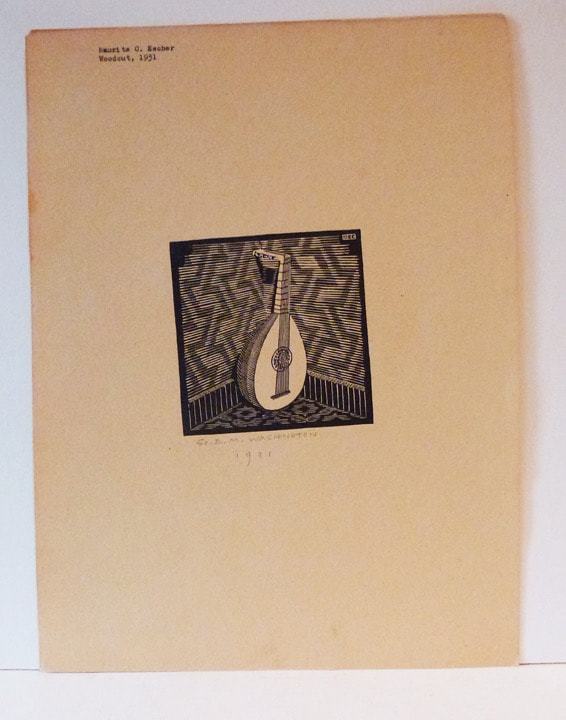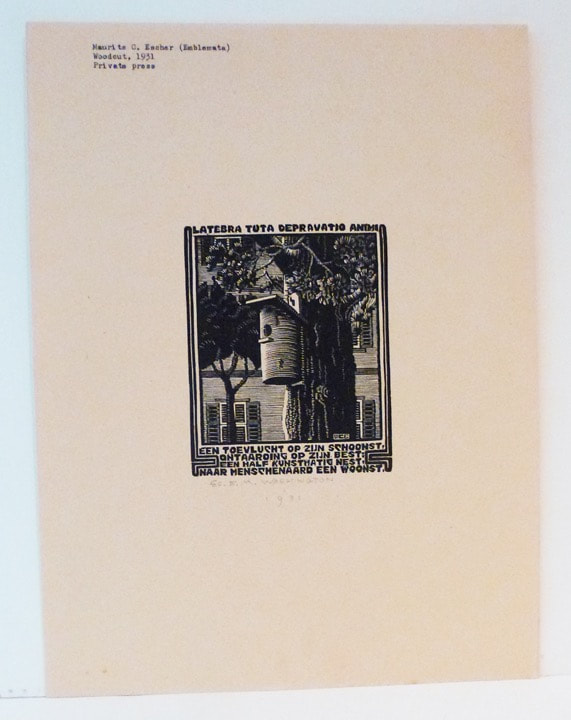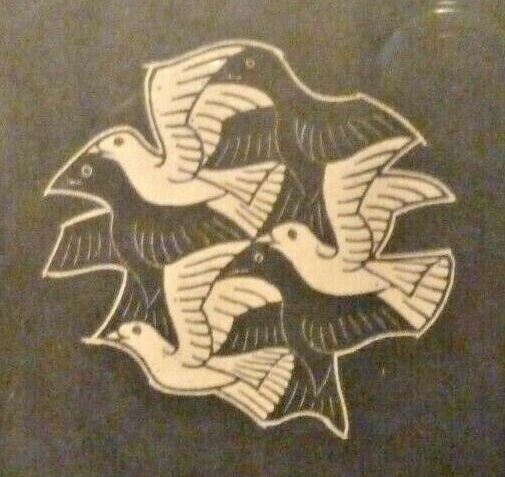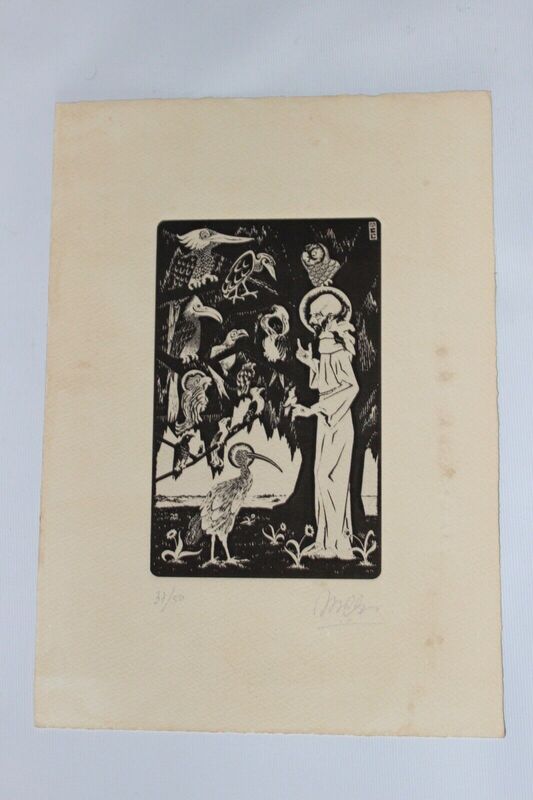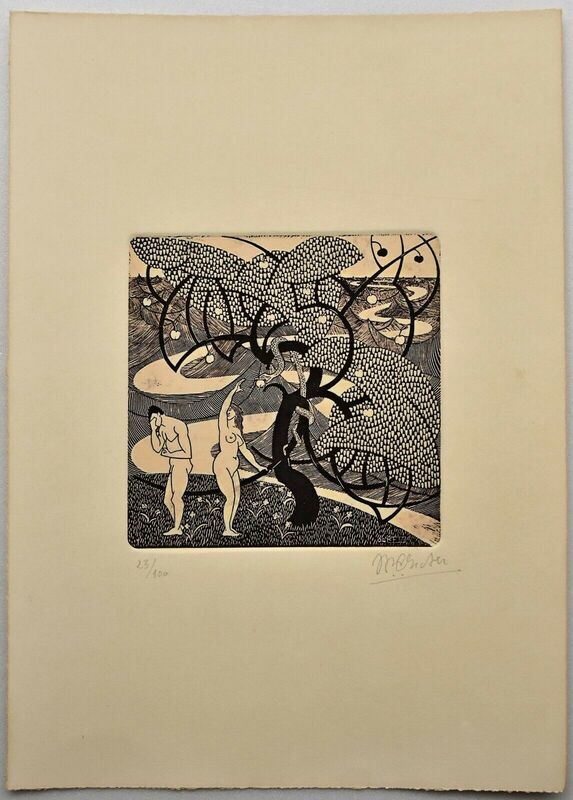Authentication and Fake M.C. Escher Prints
Coming across what appears to be an original piece of M.C. Escher art feels great, but often times what appears too good to be true is too good to be true.
Many auction houses barely if at all authenticate anymore, and the forgers are getting better every day. Still there are methods of authentication that are as good as any, and a trained eye can often spot telltale signs enough to know to stay away.
For one, there are some known faked print designs, and when one of these shows up, it has to be checked twice. Especially considering many of these fakes are of exceedingly rare prints that almost never come to market. The prints are often labeled as proofs, and lack any of the usual indicators of authenticity. Might they be real proofs? Maybe, but it seems that more times than not they are counterfeits.
Then, there are some known forgers. One is an ebay seller out of Lisbon, Portugal who sells "signed" M.C. Escher prints for $100-$500 each. THESE ARE NOT REAL AND THEY ARE NOT REALLY SIGNED BY M.C. ESCHER. Do not fall for this scam. Real signed Escher pieces sell for thousands of dollars and these are not them. The seller knows what they are doing is wrong, but they hide behind listing the prints as "in the style of M.C. Escher," a known ruse in the art world similar to how "attributed" is said. If you check the seller's sold listings and other items for sale, it is very clear this is not a legitimate operation and that they churn these out. If you are not an experienced and informed buyer of M.C. Escher works, please be very careful buying from online auction websites or just stay away. They are filled with fake pieces falsely represented as being authentic.
Many auction houses barely if at all authenticate anymore, and the forgers are getting better every day. Still there are methods of authentication that are as good as any, and a trained eye can often spot telltale signs enough to know to stay away.
For one, there are some known faked print designs, and when one of these shows up, it has to be checked twice. Especially considering many of these fakes are of exceedingly rare prints that almost never come to market. The prints are often labeled as proofs, and lack any of the usual indicators of authenticity. Might they be real proofs? Maybe, but it seems that more times than not they are counterfeits.
Then, there are some known forgers. One is an ebay seller out of Lisbon, Portugal who sells "signed" M.C. Escher prints for $100-$500 each. THESE ARE NOT REAL AND THEY ARE NOT REALLY SIGNED BY M.C. ESCHER. Do not fall for this scam. Real signed Escher pieces sell for thousands of dollars and these are not them. The seller knows what they are doing is wrong, but they hide behind listing the prints as "in the style of M.C. Escher," a known ruse in the art world similar to how "attributed" is said. If you check the seller's sold listings and other items for sale, it is very clear this is not a legitimate operation and that they churn these out. If you are not an experienced and informed buyer of M.C. Escher works, please be very careful buying from online auction websites or just stay away. They are filled with fake pieces falsely represented as being authentic.
|
The most well known of all M.C. Escher forgers is none other than Earl Marshawn (E.M.) Washington. So famous that there was an article in Forbes about him. The quality of his replications is impressive. So much so that there is some debate among Escher experts as to his exact methods. The reason E.M. Washington is unique are a forger is that he actually carves wood blocks and prints them as Escher did. This is in contrast to the methods of most forgers who turn to modern printing technology. It is not uncommon for E.M. Washington Escher forgeries to come on the market, sometimes labeled as a reproduction and signed by him, sometimes not, and sometimes falsely labeled as the work of M.C. Escher. They are sold around the world, but seem to most actively be sold from Hawaii and Florida. In contrast to intentional deception, there are also some who believe what they have or are selling is real because they found it at a garage sale or in grandpa's basement and have a gut feeling. It is hard to be mad at such people, but they should really know better. And it is quite frustrating to see many such people continue to try to sell their piece as authentic even after being told that it is demonstratively not. |
Finding authentic M.C. Escher prints isn't easy, but in most cases spotting a fake is not too difficult. Here are some things that are not a good sign:
- Proof prints with Maurits C. Escher accompanied by "Woodcut" or "Wood engraving" and a date as shown are thought to be fake. They have been listed as authentic on online auction websites and sold for full price.
- Point one is corroborated by this eBay listing for prints after M.C. Escher made by E.M. Washington, most of which are replicas of prints from Emblemata. This type of paper seems to have been used for many fakes.
- Framed prints with very small margins as sometimes E.M. Washington prints are signed by E.M. Washington and this is obscured by matting.
- Unframed prints with very small margins as sometimes E.M. Washington prints are signed by E.M. Washington and this is trimmed off.
- Want to learn what Escher experts have to say about M.C. Escher fakes? (1 and 2)
If you do plan to embark on buying original M.C. Escher artwork on your own, consider only purchasing things that are difficult or financially unrealistic to counterfeit. And always confirm the piece is the correct size as stated in M.C. Escher: His Life and Complete Graphic Work. In almost all cases anything that is not the correct size is not worth more than the paper it is printed on.
Consulting an expert is usually advised as their knowledge is often based on years of accumulated knowledge and experience. In some cases they might even be able to compare the piece in question to one they have in stock. Even pencil drawings and handwritten letters can be authenticated using numerous methods.
Think you can tell the difference between a real and a fake M.C. Escher piece of art after reading this? Probably not. As it turns out, in 2015 Escher in Het Paleis, the Escher museum in the Netherlands came under fire for apparently displaying fakes. But this was not found out because someone noticed by looking at them in the museum, it was disclosed by a past curator of the museum!
Although not a professional, I can try to help you authenticate if you like. Just send me a message.





